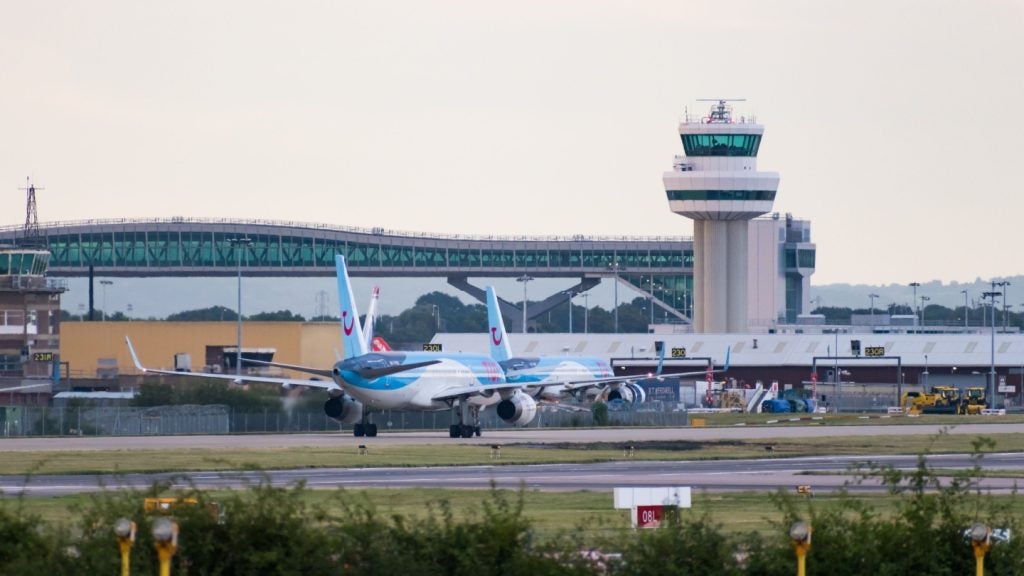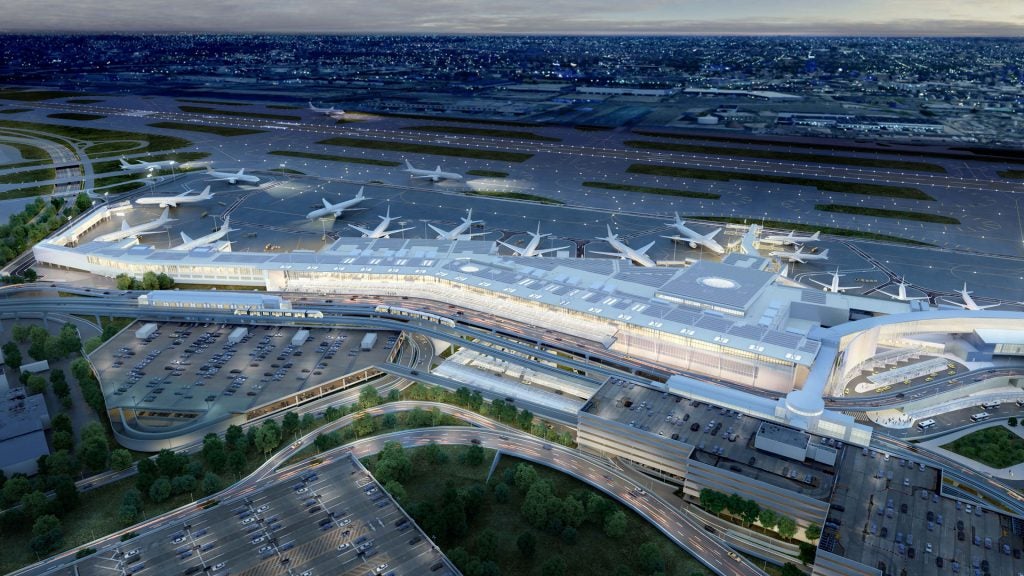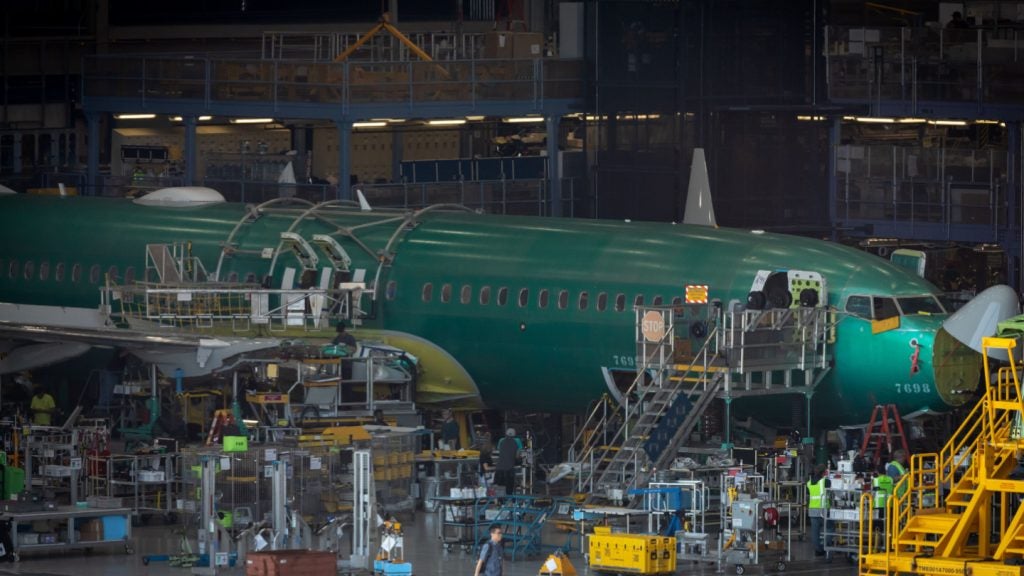
Today, the aviation industry needs not only to look at where we are, but to keep looking at the horizon. While it is important to have an accurate picture of where we stand, you cannot afford to be myopic. The fact of the matter is that we’re being flooded with new information and ideas, which represent new ways of taking the Wright brothers’ idea a little bit higher and a little bit faster.
So where are we? In total, commercial operations at our major airports are within 2% of pre- 9/11 levels. In 2004, 17 out of the 35 major airports – the OEP airports – were above pre-9/11 numbers. The demand for seats is back.
But the scene is not the same as it was in the good old days. Low-cost carriers are lifting a heavy load. Domestic enplanements for low-cost carriers and the regionals are up 40% since the turn of the century. These groups have a 43% share of the market, which is up from 30% five years ago.
While the low-cost and regional carriers have carved out a niche for themselves (and a lucrative slice of the pie at that) the legacy carriers still have an overwhelming majority of route offerings that will get you from A to B – and the A and B are just about anywhere around the globe. The market wants a full menu of choices, and that is what the legacy carriers provide. Legacy carriers still have 57% of the market and nearly 100% of the international market.
That is just one of the reasons why we are confident that we are on track for one billion passengers by 2015. But the landscape is changing. The lower ticket prices and the shift to smaller jets have been a boon for the flying public. The average one-way domestic fare is down 9% since 2000. Coupled with the increase in regional carriers, this has had a dramatic effect on the FAA as well
See Also:
FAA STRATEGY
How well do you really know your competitors?
Access the most comprehensive Company Profiles on the market, powered by GlobalData. Save hours of research. Gain competitive edge.

Thank you!
Your download email will arrive shortly
Not ready to buy yet? Download a free sample
We are confident about the unique quality of our Company Profiles. However, we want you to make the most beneficial decision for your business, so we offer a free sample that you can download by submitting the below form
By GlobalDataAt its core, the FAA is an entity that needs to be a bottom-line business in order to survive. We’re improving our fiscal accountability and operating more like a business. We run the air traffic system – which carried 688 million passengers last year – and the yardstick for safety is set very high, as it should be. Our system is riding a three-year wave as the safest in aviation history, and we intend to continue to improve that record.
However, since 9/11, there have been massive changes in the industry: low-cost carriers, regional jets and more demand for aviation.
It is easy to see that the larger number of the regional jets means less revenue for the trust fund from each flight, but at the same time it also means a greater workload for the FAA. This is further compounded by the expansion of low-cost carriers and decreasing ticket prices.
Traffic has come back since 9/11, but in a way that is quite different to before. We have explosive growth at some of the major markets, such as Midway and Vegas. But consider Salt Lake – 42% growth – and Fort Lauderdale – 40%.
Florida is a case all on its own. We are seeing more low-cost carrier flights, competition from large carriers, and an increase in air taxis and business jets. From a national perspective, the en route workload has already increased beyond historical levels. Busy corridors lead to bottlenecks, which spawn delays.
Then there are new entrant carriers to consider. They are certainly great for competition and keep ticket prices extremely low, but there’s a cost to the agency for processing each one. Right now, there are 18 applications in the queue awaiting certification, and each of these new operators will bring additional pilots and crew into the system.
FUNDING PROBLEMS
So while our workload goes up, our revenue goes down. Meanwhile, the Trust Fund continues to spend down. The Trust Fund cannot sustain this trend for much longer. And when you couple the declining average ticket price, it intensifies the situation. As we have seen, the Trust Fund pays the way for most of the operation of the system.
So the problem that presents itself to us is that ticket prices are not related to any real measure of productivity for the FAA. Regardless of how many operations we run through the national airspace system, or how quickly we can certify new products and technologies, or how we continue to drive down the already low accident rate, the lion’s share of trust fund receipts is linked to the price of a ticket.
The FAA has been forced to become more productive, and we are doing so across the board. Congress granted us the ability to negotiate pay and benefits in 1996. Negotiations with our major unions are upcoming.
Our new contracts must enable us to meet aviation’s needs, be fair to employees and provide the flexibility that we need to operate the system.
Labour is not the only area where we are trying to become more productive. We are implementing a cost accounting structure that is telling us exactly what it costs to perform and accomplish X, Y and Z. It’s hard to believe, but for far too long the government has operated with the idea that public service does not have a bottom line.
With tight budgets now, we simply have got to know our costs. We cannot put a priority on something when we don’t know if we can afford it – and we cannot know the answer to that until we know what it costs.
CHANGES AFOOT
It is now clear that the FAA cannot do business as usual. We need to make some fundamental changes. We need a revenue stream based both on our costs and on our actual units of production. And we need the right incentives in place to remain efficient.
Most other countries operate their systems this way, but it is easier to cite this list: Bahamas, Barbados, Brunei, Guinea- Bissau, Kiribati, Kuwait, Namibia, Samoa, Sao Tome and Principe, Swaziland, Togo, Tonga, Tuvalu … and the USA. That list represents the only countries that do not charge for the actual cost of ATC services.
It is important to be clear – I am not at this point advocating user fees. I am not endorsing excise taxes, or a greater slice of the general fund. I am simply saying that we need a revenue stream based both on our costs and on our actual units of production.
There are some tough decisions ahead. But there is a list of unattractive alternatives too, which we may not be able to avoid if things continue. Cutting service is one. That list would include the inspection, the certification and the ATC services.
We also might end up keeping old equipment and/or limiting modernisation. The fact of the matter is that next year, only 13% of our budget will be available for new capabilities. That is 5% less than this year, and more than 10% lower than the turn of the century. In the past, we developed programmes that aimed at meeting demand. This is where the hard choices come. We cannot do it all – and we certainly cannot pay for it all either.
With that said, I am confident that we will see this through. If there is one thing this business is known for, it is resilience – the resilience that has brought us from the Wright Brothers to SpaceShipOne in less than a century. Today’s forecast anticipates a bright future, and the FAA remains committed to safe, efficient service to the flying public. We’re also committed to being an investment that the taxpayer can count on.







